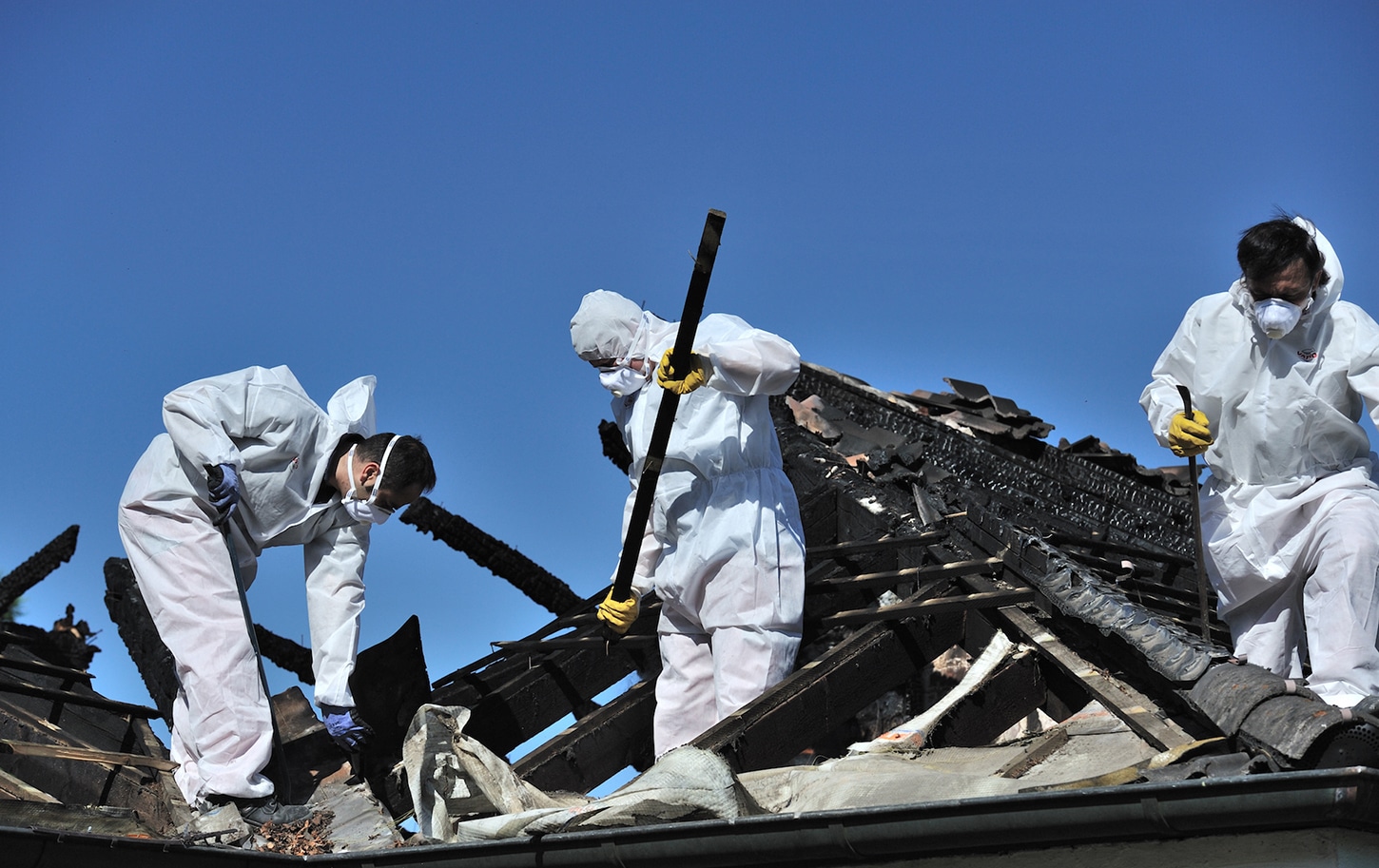Dropshipping Launchpad Review is a business model that allows entrepreneurs to build and scale an online store without the burden of inventory management. It also requires less initial capital and can be easily launched using paid advertisements.
With features like sales tracker and competitor research, Dropship enables users to analyze market trends and customer demand. However, its high price point may be a concern for some users.

Dropshipping is a business model that allows you to sell products without owning or managing a physical inventory. Instead, you connect with a supplier who makes and ships the product to your customers. This allows you to save time and money on inventory management. However, it is important to understand the risks of dropshipping before starting a business. It can be difficult to find the right supplier and may require a significant amount of research. Fortunately, there are many resources available to help you get started with dropshipping.
A key feature of Dropshipping Launchpad is its comprehensive product database, which includes information on market trends and competitor performance. The tool also offers an advanced filter system that allows you to refine search results based on specific criteria. This allows you to narrow down your search results and focus on the most promising products.
In addition to the extensive product database, Dropshipping Launchpad also features tools that can help you manage your ecommerce business effectively. These include a sales tracker, a Facebook ad analyzer, and a supplier sourcing tool. These tools allow you to make data-driven decisions that will improve your business performance.
Another great feature of Dropshipping Launchpad is its pre-made Shopify stores. These stores are branded with a high-quality logo and design, making them more attractive to potential customers. This helps you build trust with your customers and drive more sales. In addition, the pre-made store features a variety of winning products that are guaranteed to sell well.
Dropshipping Launchpad offers a free trial period, allowing you to test the service before purchasing a subscription. This way, you can see if it aligns with your business goals and budget. Moreover, the platform’s support team is available to answer your questions and guide you through the process.
Unlike other dropshipping courses, Dropshipping Launchpad isn’t just about the technical side of ecommerce. It also teaches you how to create and manage your online business. Its video tutorials and podcasts offer step-by-step instructions on how to set up and grow a profitable business. In addition, the course covers topics such as customer acquisition, Google Adwords, and Facebook ads. It also focuses on the importance of creating high-quality content that resonates with your audience.
Pricing
Pricing is a key consideration for any ecommerce platform. Depending on your needs, you may want to pay for additional features or upgrade your website theme. You also need to allocate a budget for advertising, which can run up to $200 per month.
Dropshipping Launchpad is a paid community that helps entrepreneurs build their own profitable ecommerce business. Its tagline, “The community where dropshipping entrepreneurs unlock their success,” reflects its mission to empower members to succeed in this competitive industry.
The program offers comprehensive ecommerce training for beginners, including step-by-step instructions on starting a successful Shopify store and using Facebook ads effectively. Its instructors, Tan Choudhury and Lewis Smith, are industry experts who can help new entrepreneurs avoid costly mistakes that could ruin their business. They also provide guidance on finding the right product niche and launching a high-performing website. The course includes video tutorials and online courses. Its website also provides detailed resources for new entrepreneurs. Its extensive library of videos and articles can guide you through the intricacies of the ecommerce industry.
Customer support
Dropshipping launchpad is a paid community for dropshipping entrepreneurs who are looking to build profitable online businesses without the need for inventory or upfront investment. The community is led by Lewis Smith, an experienced entrepreneur who has a deep understanding of the industry and its challenges. Members get access to exclusive resources that can help them succeed in their business.
The platform also offers a comprehensive collection of free resources that can help you make better decisions about your business. It includes detailed competitor research, product analytics, and profit calculators. You can use these tools to help you find and select the right products for your store.
Another feature of this community is its Portfolio feature, which curates 40 potentially winning products every week. These products are hand-picked by an advanced algorithm and manually screened by the community’s experts. They also come with valuable information such as revenue potential, AliExpress supplier suggestions, and Facebook targeting recommendations.
Off-page optimization
Off-page optimization involves optimizing content and elements that are outside of your website, such as link building, social media marketing, and influencer outreach. This is essential for increasing your search engine ranking and expanding your online reach. Moreover, off-page optimization complements on-page SEO to maximize your results. Ideally, you should focus on both techniques to achieve the best possible results.
The goal of off-page optimization is to increase your site’s authority and trustworthiness. This is achieved through a variety of tactics, including improving branded search, increasing branded social media engagement, getting your brand mentioned on high-authority websites, and generating positive online reviews. Combined, these off-page tactics can give your website the credibility and trustworthiness it needs to rank well in search engines.
A major factor in off-page SEO is the number and quality of backlinks. These act as citations that indicate the importance and relevance of your content to search engines. However, it is important to note that the quality of a backlink is more critical than the quantity. To optimize your off-page SEO, make sure you only obtain links from reputable sources.
Another off-page SEO technique is local SEO, which helps your business rank higher in local searches. This involves optimizing your business listing in Google My Business and ensuring that all information is consistent across all directories. This can improve your visibility in local searches and attract more customers to your business.
You can also boost off-page SEO by participating in industry-specific forums and webinars. This will position you as a thought leader in your field and increase your brand’s reputation. It is also helpful to generate positive reviews on third-party review sites, such as Yelp and G2. Be sure to encourage your customers to submit online reviews, and use an email automation tool that allows them to do so from the convenience of their inbox.
Improving your off-page SEO requires a long-term commitment. Be patient and consistently implement the strategies outlined in this article, and you will see your rankings steadily rise over time. In addition, remember to document all of your off-page activities in order to track and analyze the results. This will help you determine what works and what doesn’t.
Link building
Link building is a critical part of SEO that can help increase your site’s organic search traffic. It involves creating and distributing high-quality content that attracts links from other websites. This can lead to increased visibility, more visitors, and ultimately more sales or leads. It can also improve your website’s Domain Authority.
There are many ways to build links, including submitting your content to online directories, guest blogging, and social media promotion. However, it is important to avoid spamming and low-quality tactics. These can hurt your search engine rankings and cause your site to be penalized by Google. Instead, focus on high-quality, natural techniques that will bring long-term benefits.
A well-executed link-building strategy can help you establish your brand as an expert in your niche. It can also help you improve your SEO ranking, which will boost your organic search traffic. However, it requires consistent effort and a clear plan to achieve success. It is also essential to avoid shortcuts, like buying links. These are against Google’s guidelines and will likely result in a penalty from the search giant.
When it comes to link building, the best way to begin is by identifying your target audience and their needs. This will help you create valuable content that will appeal to the right audiences and gain their trust. In addition, it will help you find out which types of sites they visit and which keywords they use.
There are several different kinds of link building, but all of them are designed to help you get more links to your page. Some of them are easy to implement, while others require more time and skill. Some of them even involve using tools, which can help you save a lot of time and effort. However, you should always remember that it’s important to stay away from black-hat tactics, such as buying links, because they violate Google’s guidelines.
Moreover, you should try to use techniques that have the most value for your audience. For example, you can share your new content with your followers on social media or by sending it to your email list. This will encourage people to share and link back to your page.




 A sleek, updated bathroom adds value to a home. It also comforts homeowners who are ready to relax after a long day.
A sleek, updated bathroom adds value to a home. It also comforts homeowners who are ready to relax after a long day.









